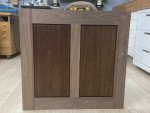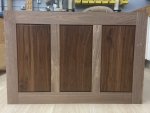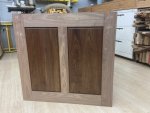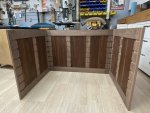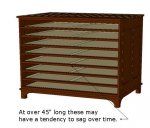- Messages
- 12,162
- Location
- Constantine, MI
I'm always super impressed and jealous of the skill and how you apply it to all the projects you
Do
Thaknkyou for sharing
You are both way too generous in your praise. However undeserving I am I still appreciate it very much.Couldn’t have said it better! This will be a good follow


